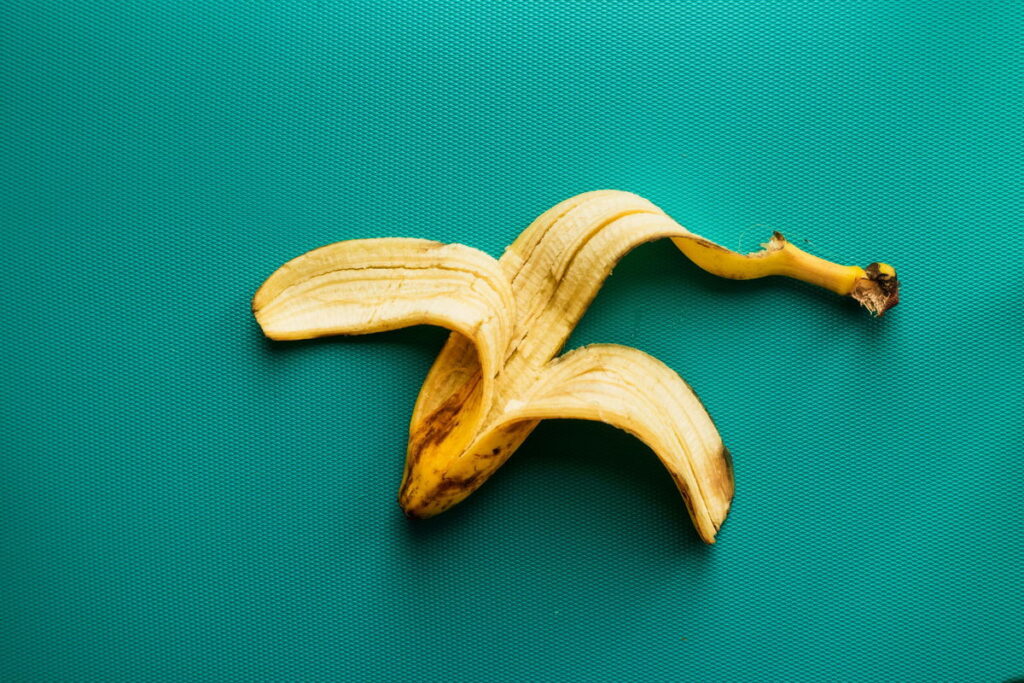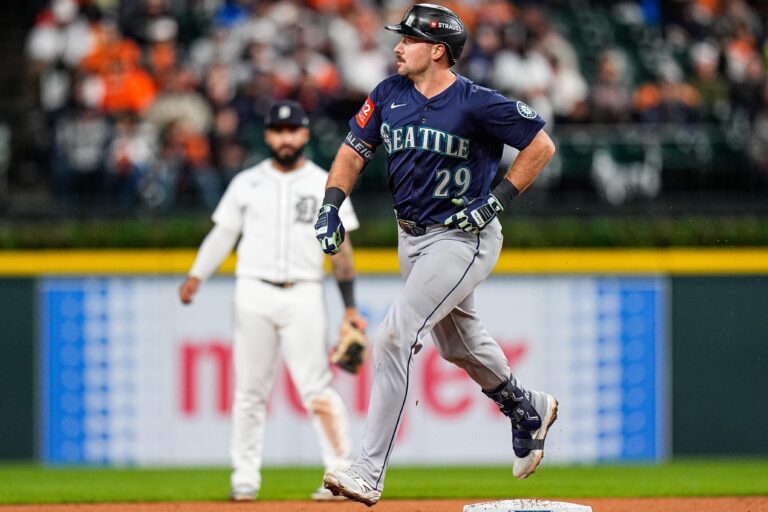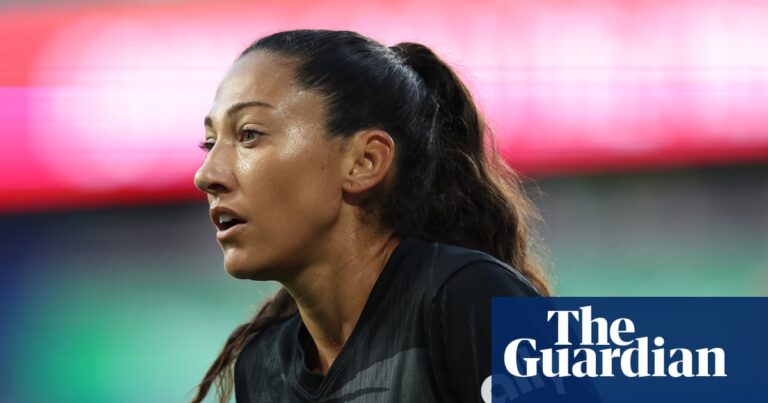
Banana peels: from compost bin to reef-safe sunscreen? Photo by Louis Hansel on Unsplash
We all know the Mediterranean sun doesn’t play around. Whether you’re lounging in Marbella or hiking around Sierra Nevada, a generous lathering of sunscreen is a must. But as we become more conscious of what we put on our skin and what ends up washing off into our oceans, questions are bubbling up about whether traditional sunscreens are as good for the planet as they are for our noses.
Enter an unlikely hero: the humble banana.
Yes, that bendy tropical fruit in your smoothie might hold the key to a safer, more sustainable sunscreen. Thanks to the brilliant work of 15-year-old Taylor Maguire, a high school student from New York, banana peels are stepping into the spotlight, and not just in slapstick comedy.
A Teen’s Curiosity Could Change the Skincare Industry
Taylor’s journey began with a simple question: what’s really in my sunscreen? Raised to prefer organic products over synthetic ones, she was startled to discover that many common sunblock ingredients can be toxic not just to people, but to aquatic ecosystems.
Some mineral sunscreens, for example, have been shown to interfere with how freshwater animals navigate. Others may even contribute to coral bleaching or worse, be outright lethal to small aquatic creatures. That got Taylor wondering: what did nature do before we invented sunscreen?
Bananas, it turns out, are natural sun lovers thriving in UV-intense environments near the equator. To avoid getting scorched, they’ve developed their own UV protection system built right into their skins. Taylor decided to explore whether the compounds in banana peels could do the same for humans safely and sustainably.
From Fruit Bowl to Lab Bench
Using the sun-kissed outer layers of banana peels, Taylor created two types of extracts: one water-based and another nonpolar (oil-soluble). She then tested both with a light-measuring tool called a spectrophotometer to see how much ultraviolet (UV) light they absorbed.
The results? Both extracts absorbed UV light, but the oil-based (nonpolar) version was especially effective, particularly against the more dangerous UVA rays. This was a promising sign that banana peel compounds could indeed work as a natural sunscreen.
But sun protection is only half the story. Would these extracts be safe for the environment too?
A Banana Test with a Splash of Science
To find out, Taylor turned to a type of freshwater flatworm called Girardia tigrina, a common test subject in environmental studies. She placed the worms in dishes with various solutions, her banana extracts, regular sunscreen, water, and a thick liquid called glycerol (often found in commercial skincare).
Then came the UV exposure test. After just 10 minutes under intense UV light, some results were… well, a bit shocking.
The worms exposed to the nonpolar banana extract, glycerol, and traditional sunscreen all stopped moving. The water and aqueous (water-based) banana extract groups? They wriggled on, with minimal damage.
Taylor used a special dye to confirm what she’d seen. It turned out that the worms exposed to glycerol-based solutions had suffered serious tissue damage, even without UV light. Glycerol, despite being common in many cosmetics and considered safe for humans, may pose unseen risks to aquatic life, a discovery that raises eyebrows.
Why This Matters — Especially in Sunny Spain
If you live in Spain or spend your summers on the coast, chances are you’re swimming in the sea while wearing sunscreen. It’s meant to protect us, but if we’re unintentionally harming the marine ecosystems we love, it’s time to rethink our SPF strategy.
Taylor’s aqueous banana extract, the one that kept the worms safe and absorbed harmful rays could be a potential game-changer. It’s not only biodegradable and naturally derived, but it also appears far gentler on aquatic organisms than many existing products.
Of course, we’re not about to see banana-scented sunblock hit the shelves tomorrow. More research is needed to identify the exact protective compound in the peels, test it on human skin, and develop scalable production. But Taylor’s work, which won her a spot at the 2025 Regeneron International Science and Engineering Fair, has already peeled back new possibilities for eco-friendly sun protection.
The Takeaway
Next time you reach for your bottle of SPF, take a moment to check the ingredients. The price of sun safety shouldn’t be the health of our oceans. As we look toward a greener future, it’s inspiring to know that solutions may be hiding in plain sight or in your fruit bowl.
Banana peels: from compost bin to reef-safe sunscreen? The idea might sound bananas, but thanks to the curiosity of one young scientist, it could soon become reality.







